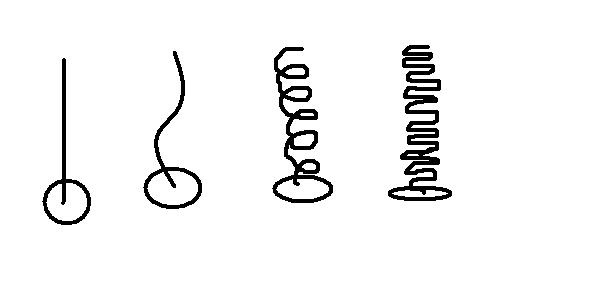
by theglamscientist | | hair, hair follicle, hair texture |
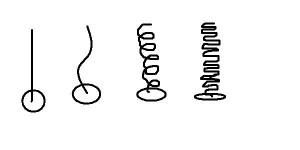
Wednesday evening, I gave a speech entitled “Hair, Hair and More Hair!” at my Toastmasters International club. I covered a lot in that 9min 30sec speech that I have not yet covered here… so, here it goes. 🙂
I’ve always been completely fascinated and intrigued by hair. My mom has maintained her cosmetology license for nearly 30 years, so I grew up a tad more knowledgeable and obsessive about my hair than many other little girls. In addition to working on a hair care line in the lab, I recently decided to make a drastic change in the way that I manage my hair. Enter even more obsessive behavior O_O. As the glam girl in me was reading about various hair textures and styles and treatments, the scientist in me peeked in to ask a few questions. A scientist that has questions cannot rest until they have answers, so you can probably guess how my “research” grew wings.
How does hair get it’s texture?
The texture of any one person’s hair depends on the shape and size of the hair follicle. There are 4 general shapes of a hair follicle which happen to correlate perfectly with Andre Walker’s hair types philosophy. A hair follicle is like a tiny tube that guides the hair to the surface of the scalp. A round hair follicle yields straight hair. The more oval the hair follicle, the more curly the hair it yields.
Similarly, the thickness of hair is dependent on the size of the hair follicle. Large follicles produce thick strands of hair while smaller follicles produce thin strands of hair.
What I really wanted to know was the real science behind hair texture. I was interested in why hair texture differs across and within ethnic groups. Could it be genetic? Hormonal? Due to human adaptation/evolution? Apparently, the type of hair your parents have definitely determines the type of hair you end up with, whether that is straight, wavy or curly. Just last year, a study showed that variants of a particular gene determine how curly your hair will be. Scientists still aren’t clear exactly which variants play a part or how they work.
The fact that some people have hair that changes textures throughout their lifetime hints that hormonal changes may be at work. There are even cases of caucasian people with thick, coarse hair like that of African and African American people. It’s a rare occurrence, but it happens often enough to have a name– “Wooly Hair Syndrome”. Imagine that.
While I’m slightly disappointed that all of my questions were not answered, the research is well on it’s way. I look forward to finding out what factors are at work in determining our hair texture. I hear that the research is being pushed because the findings are a gold mine. There may be a pill developed that could change your hair texture from straight to curly and back straight. My curiosity didn’t take me to that train of thought (that’s bordering on mad scientist territory imo), nevertheless, I find it all muy interesante…
So, what’s your hair texture? Does it change from time to time?
Here’s to the Glam Life!
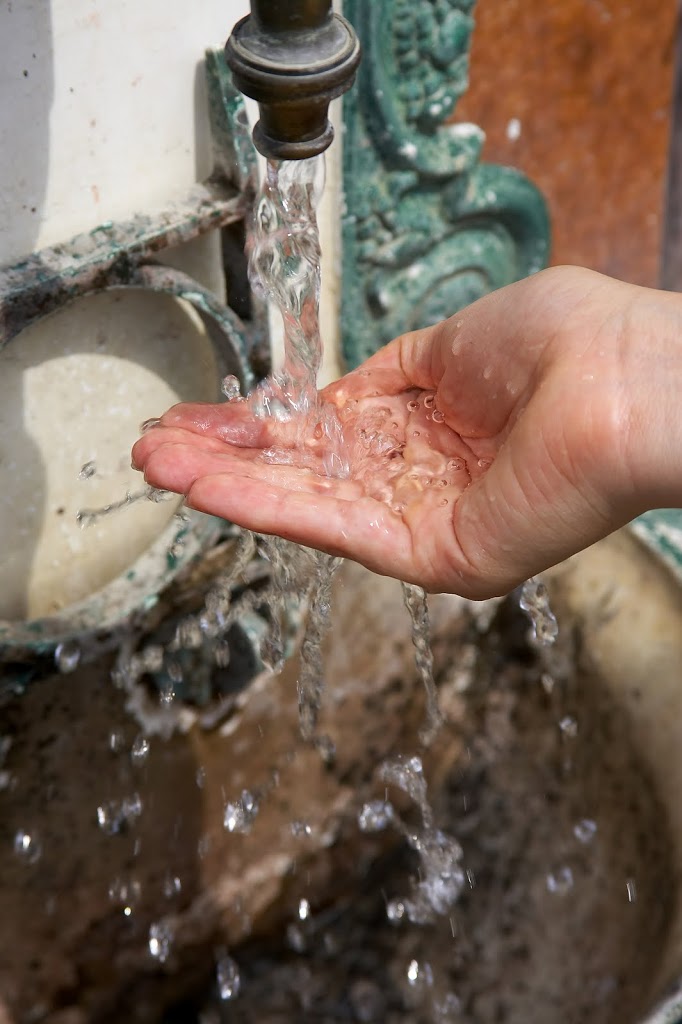
by theglamscientist | | dry skin, pH balance |
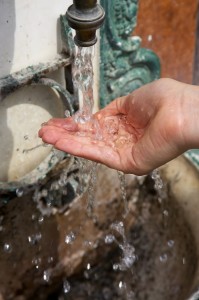
It’s that time of year again when my skin starts going absolutely nuts. About 3 or 4 years ago, the skin on my hands became really dry and chapped. It was so bad that my finger tips could snag soft material and if I rubbed my hands together you could hear it… clearly. O_O It was devastating for a gal like me, but I tried to ignore it. After all, I was taking 2 lab courses in school and working part time in an industrial lab as well. I thought it came with the territory. But now that I’m done with school and I’m not working with harsh chemicals, I still find myself with the ever dreaded, severely dry skin.
Normally in the fall and winter months, the biting winds and blistering cold take the blame for the dry skin epidemic. However, thus far I have only had to wear a coat twice, so it was time to dig a little deeper…
pH Makes the World Go Round…
The pH of normal skin is mildly acidic ranging between 4 and 6.5. A good moisturizer will not only contain key moisturizing and nourishing ingredients, but it will also have a pH in the range of normal skin. Using products that are too acidic (pH less than 4) or too basic (alkaline, pH greater than 7) can cause irritation and dry skin. Some products will indicate the pH on the label, but don’t count on it. If you really want to know if your dry skin troubles are due to the products you’re using, pick up some pH paper from your local craft store and see for yourself. Unfortunately, most soaps and cleansers have a pH much higher than 6.5. So daily bathing can be an uphill battle. Dare I recommend skipping a full body lather and only “hit the hot spots” once or twice throughout the week? It’s a bold proposition, but desperate times…
What if your products are not to blame?
I’m almost running out of things to blame for my dry skin dismay… it’s not the weather (directly) nor is it the pH of my topical cosmetics. However, pH is not just an external factor. Your internal fluids have a pH as well. Aha! Maybe we’re on to something. An internal pH that is too acidic or too basic can have a negative effect on your body in many ways, one of which is dry skin. The fact that I always have dry skin, but it worsens in the fall/winter peaks my scientific interest. I plan to take a deeper look into my eating habits and how they differ in the warm months vs the cold months… stay tuned for an update from my mini research project.
Meanwhile, what have you discovered are your dry skin triggers? What are your cures? All the dry skin Glam Girls want to know!
Here’s to the Glam Life!
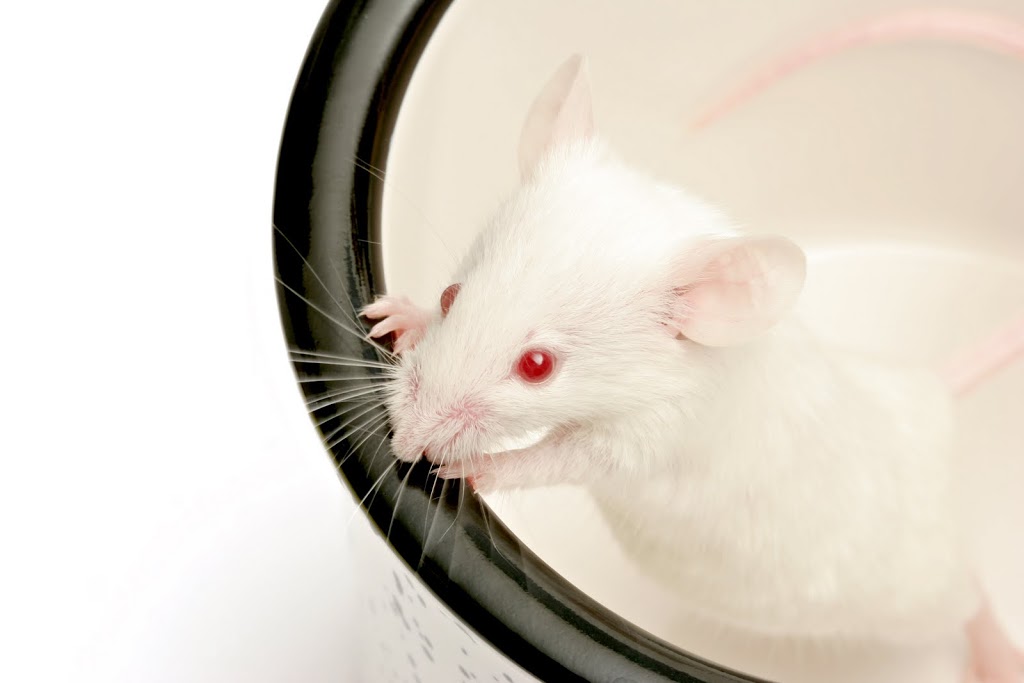
by theglamscientist | | animal testing, cosmetic testing, creulty free, FDA, raw material testing |
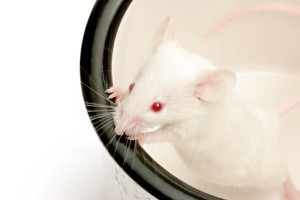
I’ve seen the claim “Not Tested On Animals” more times than I can count. I recently saw it while browsing Etsy, so I thought now was a perfect time to address it.
I’ll start by saying: I don’t know of any cosmetic end product that has been tested on animals. IF any exist, they are few and far between. The typical testing that cosmetic companies undergo involve test tubes, beakers, volumetric flasks, graduated cylinders, analytical instrumentation and human subjects… NOT animals.
So where does the claim come from?
The claims “Not Tested on Animals” or “Cruelty Free” are mere marketing claims meant to appeal to the consumer that opposes animal testing. Once upon a time, animal testing of cosmetics was commonly used to assess the safety of cosmetic raw materials and/or end products. Because this testing method was once widely used, many veteran cosmetic raw materials have been tested in this way. For this reason alone, the claim may not hold any weight (but it sounds good, right?).
That doesn’t mean it’s obsolete
The advancement of technology and testing methods have eliminated the need for animal testing in most instances. Even still, the FDA will support the (responsible) use of animal testing to substantiate product safety. By “responsible” I mean using as few animals as possible, as humanely as possible, while still obtaining enough information to draw a conclusion. Because animal testing is a legal and acceptable (by FDA standards) form of product testing, it may still occur today. However, it is not likely for typical end products or raw materials.
Playing Devil’s Advocate
I understand the objection to animal testing and as a cosmetic manufacturer, I do not foresee employing this strategy. HOWEVER, if a product/ingredient needed to be tested in living, fully functional skin– would you rather it get the initial trial run on an animal? or on a fellow human? Which is really more “humane”? Just food for thought.
Here’s to the Glam Life!

by theglamscientist | | extracts, shameless plug, skin inc magazine |

I promised myself back in August that I would take the time to recognize my accomplishments and give myself a pat on the back before I return to business as usual. So in keeping with my promise, I have to acknowledge the fact that I’ve reached one of my major goals for 2010.
Writing is something that I enjoy and I’m able to use it as a tool to share some of the things I’ve learned over time- hence this blog. I’m pleased to say that now my blog is not the only avenue I’ve used to blab about cosmetic science. My very first published (in print) article can be found in the October issue of Skin Inc Magazine. My goal was more than just getting published. I wanted to contribute to a magazine that served my clients and my peers. Skin Inc is just that! As a notable, well respected spa business solution magazine, Skin Inc reaches spas, salons, estheticians, makeup artists, manicurists and cosmetologists as well as cosmetic scientists like myself and entrepreneurs looking to jump into the market.
I am honored that I was given the opportunity to submit my work to such a major magazine in the industry. This is the first, but it most certainly is not the last.
Read my article on the Skin Inc website: Excellent Extracts Consider it your dose of cosmetic science for the day/week.
So what did I do to celebrate? I treated myself to a Grande White Chocolate Mocha from Starbucks which I am sipping as we speak. It’s the little things 🙂
Here’s to the Glam Life!

by theglamscientist | | acidic, alkaline, basic, conditioner, hair, hair care, healthy hair, pH balance, pH test, shampoo |
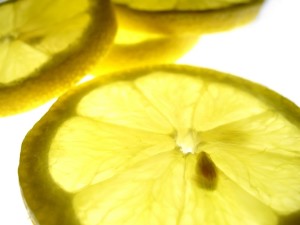
I started a new project in the lab last week that inspired this blog post. While developing new products, a lot of “tests” are done to make sure all is as it should be. One test that is a constant for all (most) products is pH. pH indicates the level of acidity (or basicity pOH) of a substance. pH is important in cosmetic product development because skin and hair have pH too. The products you apply to your skin and hair should work with your body chemistry, not against it.
The pH scale starts at 0 and caps off at 14 with 0 being highly acidic, 14 being highly basic and 7 being neutral (7 is the pH of distilled water). Either end of the scale results in severe chemical burns. The pH of normal, healthy hair ranges from 4.5 to 5.5 (mildly acidic). Similarly, the pH of basic hair care products range between 4 and 6. Color treated and/or damaged hair tends to have a more basic (alkaline) pH. In a basic environment, the cuticle layer of the hair stands out and appears frayed or split. In order to treat damaged hair, a hair product must be more acidic to smooth the cuticle layer resulting in less tangles and higher shine. The process of treating alkaline hair with acidic products is what is meant by “pH balanced”. Knowing that damaged hair has a higher pH indicates that a normal pH hair care product may not be very effective in treating damaged hair.
Putting it all together
I’m sure you’ve noticed that hair care products are marketed for certain hair types ie dry/damaged/split ends, normal, oily, etc. While these products will often use different ingredients to garner results, one key factor is pH. A formulator will know if the product has a chance of working just by taking the pH of the final formula. I have rarely seen the pH of a hair care product disclosed on the packaging. So as the consumer, you need to get a little crafty. Before trying a product, I suggest you pick up your own supply of pH (litmus) paper and do a quick test. The ideal pH would be 4 or 4.5 to work well on all hair types. No matter how damaged your hair may appear, you never want a product with a pH lower than 3– and even that’s pushing it. **Keep in mind, the pH test only works for products/treatments that contain water.
You’re now just a pH test away from gorgeous, healthy hair 😉 Here’s to the Glam Life!










